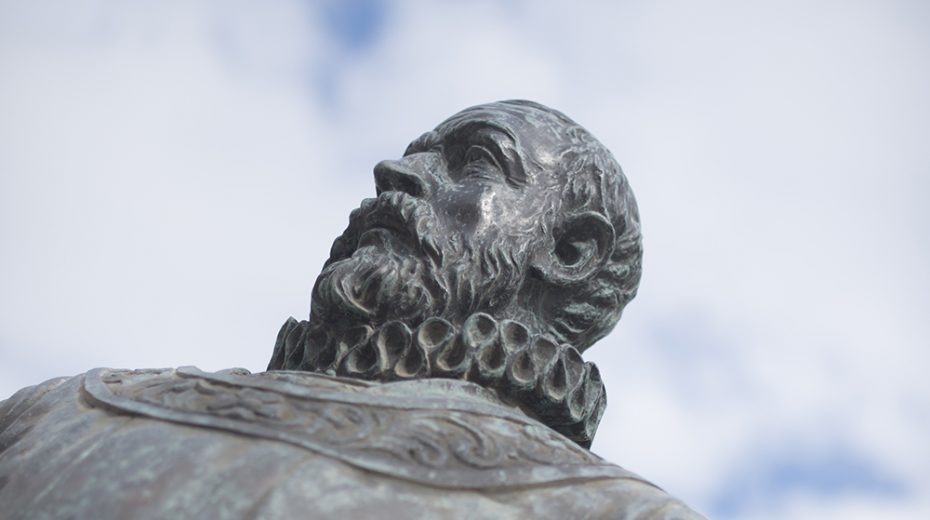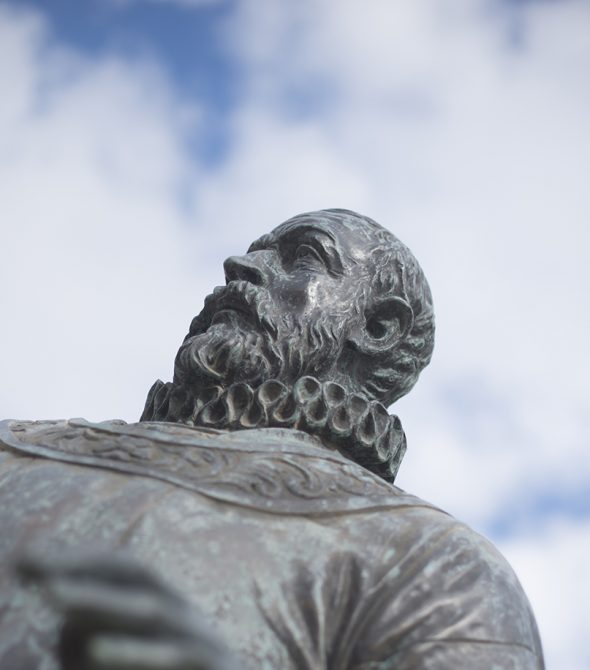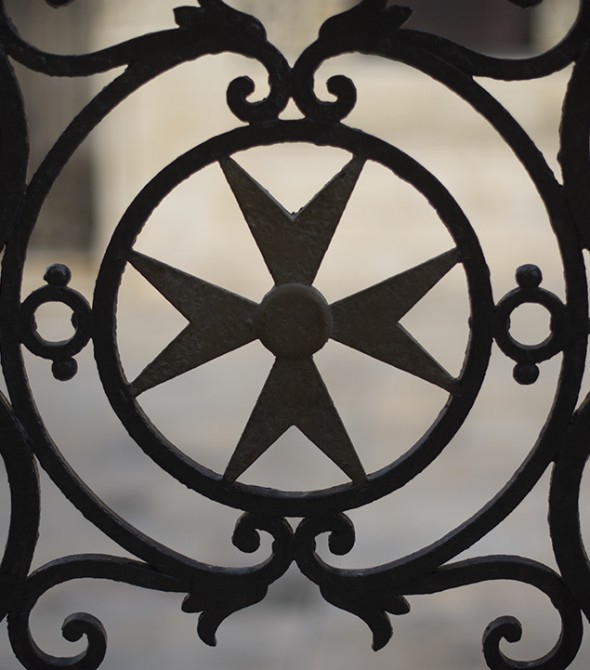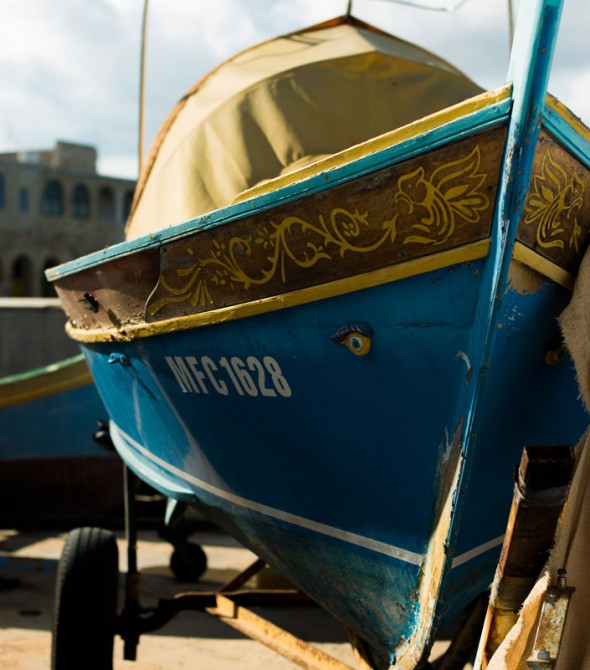The Knights of St John
Hospitalliers, soldiers, benign conquerors
Originally from Rhodes, the knights of St John were offered Malta by King Charles I of Spain in 1530 at a “rent” cost of one falcon a year. They improved every aspect of the Maltese life: health, education, welfare. They polished the land till it gleamed, building palazzos and forts in lavish Italian and French styles and drawing to its sandy shores artists who learnt from the greatest masters of the time. One only has to gaze upon the interior of the Co-Cathedral of St John in Valletta to be swept away to a time of chivalry and opulence.In 1565 the Knights under Grand Master De Valette faced the wrath of the Ottoman Empire in what is now commonly referred to as the Great Siege of Malta. Despite all the odds piled high against them, the defences of the island held.
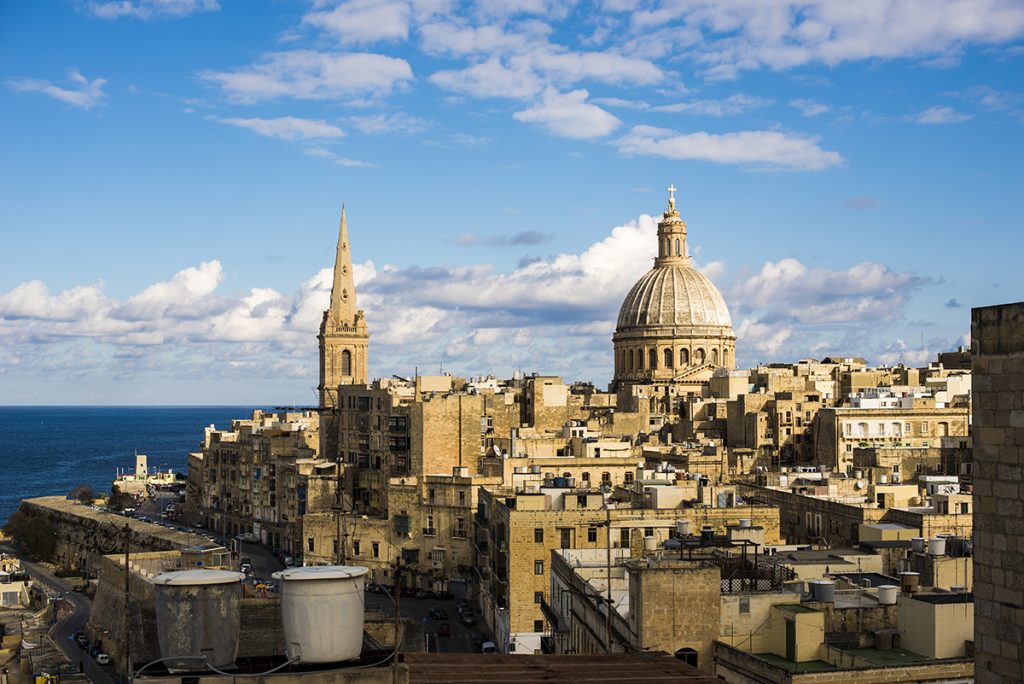
De Valette, fearing another siege from the Turks, built Valletta to fortify and strengthen the islands further. Today, Valletta is still Malta’s capital city, a grid-like town built on a peninsula jutting out on the Grand Harbour – a remarkable city without par in the world. In 1798, the knights paved the way for the next conquerors – the French under Their stay was brief (it lasted only 2 years) during which they gave the country a Constitution, abolished slavery setup a secondary school system, but also ransacked churches and ran off with as much gold as their galleys could carry off. The Maltese, desperate to be rid of them, asked the British for help. Sensing how Malta could be an asset to the expansion of the British Empire, they stepped in and drove the French out.
At His and Her Majesty’s Service
The British left a huge impact on the Maltese culture, an influence still felt today in every aspect of life, down to the smallest red letterbox dotting the streets. For the British, Malta meant more trade, a closer eye on their North African campaigns and, with the opening of the Suez Canal, a more direct link to their colonies in the East. Being a naval base also meant that Malta was the number one target of Italian bombers during WWII. The bombings brought the country to its knees. Buildings were destroyed, the population risked starvation on more than one occasion and the casualties mounted day on day. But the people of Malta held on to their faith and their rosary beads in the rock-hewn shelters until the 8th of September when the Italian navy surrendered, a victory echoing that of the Great Siege in scale which happened on that very same day, 378 years earlier. The nation was awarded the George Cross “for gallantry”, a proud feat which the Maltese still fly on their country’s flag. The island became independent in 1964 but it wasn’t until 1979 that the last of the British military left for good.
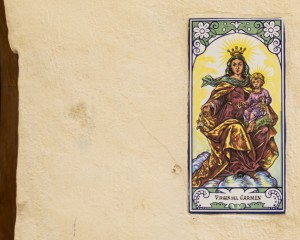 Yes, the islands are an intricate historical tapestry, exquisite in its ability to weave different hues in a magnificent scene. Much still lies undiscovered beneath Maltese soil, a promise of more mysteries to puzzle over. The people who have shaped the island and given it its identity have long been gone, but their deeds still echo across time. They bounce off yellow limestone rock and painted boats with eyes, they echo the voices on the streets and then they get lost in the sweet lullaby of the waves, the same waves which gave us the heroes, the villains and the conquerors. Today the waves remain, purveyors of many who, enthralled by secrets and beauty, visit Malta to hear the million and one stories this rock is bursting to say.
Yes, the islands are an intricate historical tapestry, exquisite in its ability to weave different hues in a magnificent scene. Much still lies undiscovered beneath Maltese soil, a promise of more mysteries to puzzle over. The people who have shaped the island and given it its identity have long been gone, but their deeds still echo across time. They bounce off yellow limestone rock and painted boats with eyes, they echo the voices on the streets and then they get lost in the sweet lullaby of the waves, the same waves which gave us the heroes, the villains and the conquerors. Today the waves remain, purveyors of many who, enthralled by secrets and beauty, visit Malta to hear the million and one stories this rock is bursting to say.
